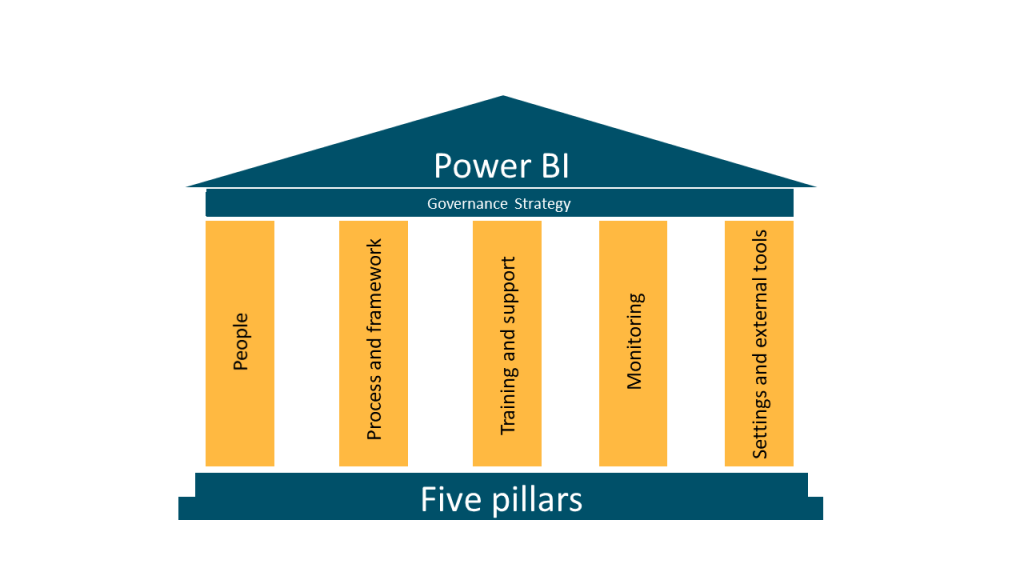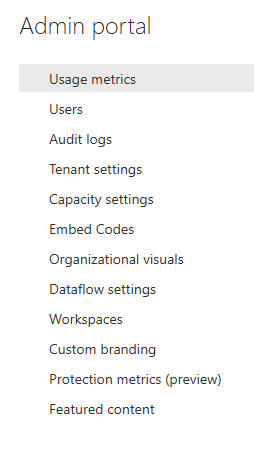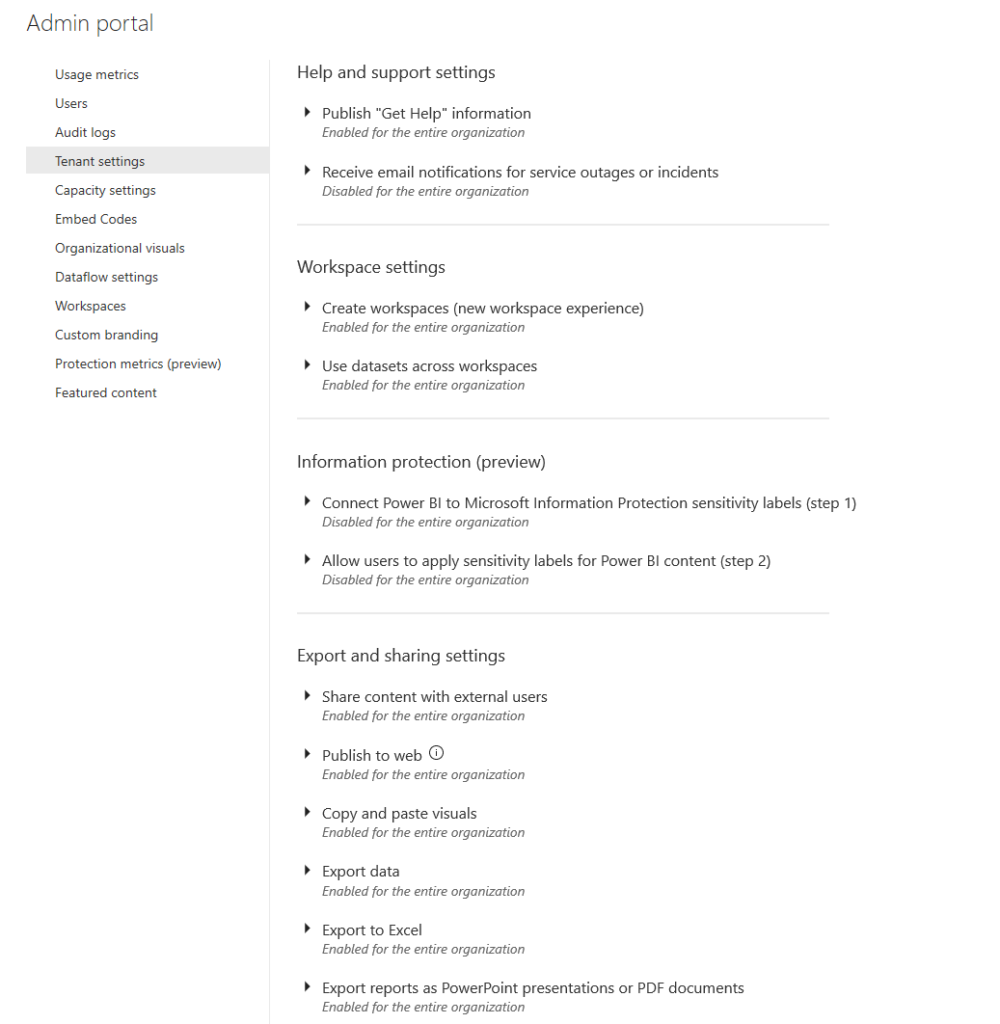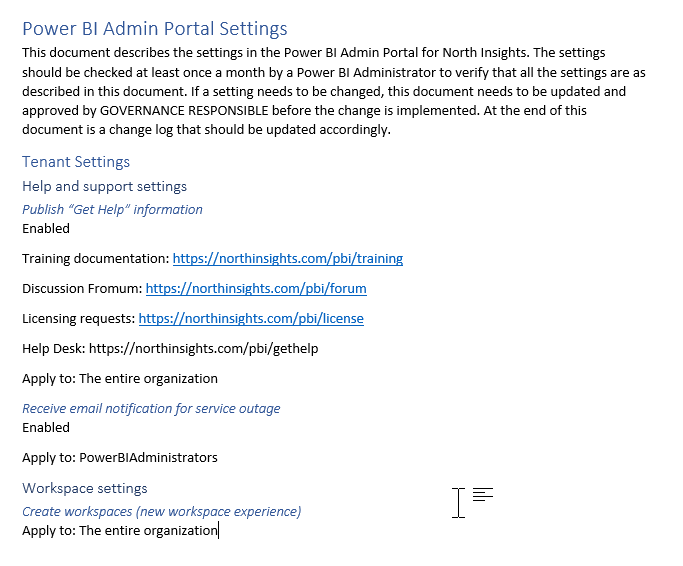Part 2. Governance strategy
This is part 2 of my Power BI Governance series. You can read part 1, Introduction to Power BI Governance here
Governance strategy
In Power BI, as with so many other things, the main governance issue is people. You are trying to influence people’s behavior with either guidance or technical restrictions. Although technology does help in many cases, more often than not, governance is about influencing people’s behavior with training and best practice documents. Keep that in mind when you design your governance strategy. Don´t focus too heavily on technology. Having well trained users that know how to use Power BI in the right way is the best way to stay compliant.
Having a good governance strategy and implementing it properly is a huge step in securing compliance. In this part 2 of my Power BI governance series, we will explore what you should keep in mind when creating your governance strategy and what the key things to implementing it successfully are. A governance strategy is most often a separate document describing the purpose and goals of your governance effort. It, most likely, won´t go into details of the controls themselves.
When you start creating your governance strategy there are few things, I think. you should keep in mind:
- Consider current IT Governance strategy
- In your organization is Power BI:
- Enterprise BI tool
- Self-service BI tool
- Managed self-service
- All the above
- Other considerations
- How sensitive is your data?
- How do developers and users work with Power BI?
- How experienced are your developers?
- What kind of security requirements and/or industry standards do you have to adhere to?
- How much audit trail do you need?
The answer to the questions above should get you one step closer to figuring out what your governance strategy should contain. You can then use the five pillars of Power BI Governance described in part 1 of this blog series to help you understand what topics to cover in your strategy.
When it comes to implementing a Power BI governance strategy there are few things that can help you to be successful with it.
The key to success is, in my mind, is:
That you secure management buy-in. Without management buy-in you will have hard time implementing your strategy. Governance is often about restricting people and making them use tools in a certain way which might be different to what people want to do. Convincing people to follow your strategy without management backing will be an uphill battle in most cases.
Find a way to document your control measures. It might sound very simple but deciding before you start how you are going to document the strategy and the controls you will implement can be extremely beneficial. You need to make sure that the documents are easy for users to find, read and understand. What the right level of documentation, language and storage are for your organization will depend a lot on what your users are used to. If you are in a highly regulated business your users will be used to reading and understanding heavy texts and will know where governance documents are stored. If on the other hand you are operating in a business where users are not used to that, you might need to keep the documents on a lighter level so that you don´t risk users dismissing them or not reading them properly. There are several techniques that you can use to help your less experienced users to understand governance documents such as having short summaries at the top with key takeaways or breaking them into smaller documents that don´t require as much reading.
Figure out how you want to enforce the controls you put in place. If you put in place controls that you expect people to follow you need to be able to enforce them. When you set up your controls you need to ask yourself two questions. How do I understand if the control is being followed or not and how do I react if they are not? If you don´t know if your controls are being followed or not, they are not very useful. Yes, they might help people use Power BI correctly but it´s very important to understand if they are or not. Likewise, you need to know how you will enforce the control if people are not following them as if you don´t do anything or if you react in an unpredictable way it´s hard for people to take the control seriously. This is where management backing is very important as they usually have bigger say in how people behave.
This concludes part 2, Power BI Governance Strategy. Part 3 will cover the first pillar People



